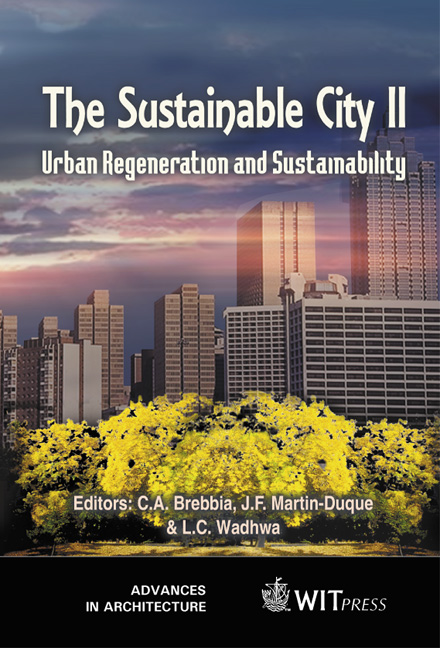Defining The Pattern Of The Sustainable Urban Region
Price
Free (open access)
Transaction
Volume
54
Pages
Published
2002
Size
662 kb
Paper DOI
10.2495/URS020461
Copyright
WIT Press
Author(s)
E Brabec & G McD Lewis
Abstract
Past efforts to define, describe, and advocate the spatial pattern of sustainable cities and towns have rested largely on the urban core. However, discussion of the relative effects of sprawl and sustainable development patterns must rest on a regional perspective since sprawl, by definition, includes land area other than the traditional urban core. Continued focus on the urban core has neglected the critical interaction of urban, suburban and rural land use patterns which is necessary for a comprehensive understanding of the regional system. In order to assess the relative resource efficiency of various urban/regional land use patterns, this paper explores the link between spatial form and land cover pattern of urban regions, and their levels of resource efficiency. A typology of regional form is developed, which leads to a framework for regional sustainability assessment. The secondary key to advancing this investigation is the development of a series of indicators that bridge the acknowledged boundaries of political divisions, watershed boundaries, and transportation systems. 1 Introduction Efforts to define, describe, and advocate the spatial pattern of sustainable cities and towns have been a part of the land use planning debate for more than a decade. Sprawl, or the decentralization of cities, has become a primary issue in both Europe and the United States [l]. Between 1982 and 1997, the amount of urbanized land in the United States increased by 47 percent, while the nation's population increased by only 17 percent [2]. Throughout the debate, much of the focus surrounding sprawl and sustainable land use patterns has been on the
Keywords





